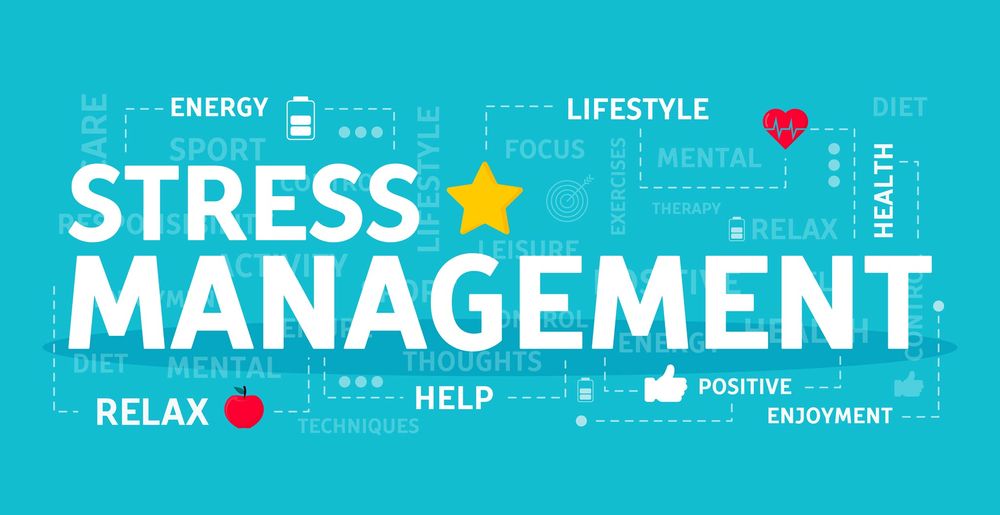In today’s fast-paced world, achieving a harmonious work-life balance has become more challenging than ever, especially for women juggling career aspirations and family obligations. As we approach the end of 2024, new strategies and tools have emerged to help women effectively manage both spheres of their lives. This article explores the latest trends and offers practical advice on how to seamlessly integrate professional and personal responsibilities.
- 1. Embracing Flexible Work Arrangements
- 2. Leveraging Technology for Efficiency
- 3. Implementing Effective Time Management Techniques
- 4. Prioritizing Mental Health and Well-being
- 5. Setting Boundaries Between Work and Home
- 6. Engaging Support Systems
- 7. Continuous Learning and Skill Development
- 8. Communicating Effectively with Employers
- 9. Utilizing Childcare and Family Support Services
- 10. Adapting to the Evolving Work Culture
1. Embracing Flexible Work Arrangements
The traditional 9-to-5 work model is gradually being replaced by more flexible arrangements. Companies are increasingly offering options like remote work, flextime, and compressed workweeks.
Tip: Negotiate Flexible Terms
When discussing employment terms, be proactive in requesting flexible options that suit your lifestyle. Highlight how such arrangements can boost productivity and job satisfaction.
2. Leveraging Technology for Efficiency
Advancements in technology have provided tools that streamline tasks and save time. Project management apps, virtual meeting platforms, and AI assistants can significantly reduce workload.
Tip: Adopt Productivity Apps
Utilize apps like Trello or Asana for task management and Zoom or Microsoft Teams for virtual collaboration. These tools can help organize your work and minimize unnecessary meetings.
3. Implementing Effective Time Management Techniques
Efficient time management is crucial for balancing work and family life. Techniques like the Pomodoro Technique, time blocking, and prioritization frameworks can enhance productivity.
Tip: Practice Time Blocking
Allocate specific time slots for work tasks, family activities, and personal time. This structured approach ensures that each area of your life receives adequate attention.
4. Prioritizing Mental Health and Well-being
Burnout is a real threat to work-life balance. Prioritizing mental health through self-care practices is essential for maintaining overall well-being.
Tip: Schedule Regular Downtime
Incorporate activities like meditation, exercise, or hobbies into your routine. Taking time to recharge can improve focus and reduce stress.
5. Setting Boundaries Between Work and Home
With the blurring lines between work and personal life, setting clear boundaries is more important than ever.
Tip: Create a Dedicated Workspace
If working from home, establish a specific area for work to physically separate professional activities from personal life. Also, set defined working hours to prevent overworking.
6. Engaging Support Systems
Don’t hesitate to seek support from family, friends, or professional networks. Sharing responsibilities can lighten the load and provide a sense of community.
Tip: Delegate and Collaborate
At home, involve family members in household tasks. At work, collaborate with colleagues to share workloads effectively.
7. Continuous Learning and Skill Development
Staying updated with industry trends and skills can make work processes more efficient and open up opportunities for career advancement.
Tip: Invest in Professional Development
Enroll in online courses or workshops that enhance your skills. An efficient skill set can lead to better job performance and more free time.
8. Communicating Effectively with Employers
Open communication with employers about your needs can lead to mutually beneficial solutions.
Tip: Discuss Work-Life Balance Initiatives
Inform your employer about how flexible arrangements can benefit both you and the company. Propose pilot programs or share success stories from other organizations.
9. Utilizing Childcare and Family Support Services
Access to reliable childcare services can alleviate stress and free up time for work or personal activities.
Tip: Explore Childcare Options
Research local childcare facilities, nanny services, or family support programs. Some employers also offer childcare benefits or partnerships.
10. Adapting to the Evolving Work Culture
The work culture is continually evolving, with a growing emphasis on employee well-being and flexibility.
Tip: Stay Informed About Workplace Trends
Keep abreast of changes in workplace policies and advocate for initiatives that promote a healthier work-life balance.
Balancing a career and family life is a dynamic process that requires adaptability and proactive effort. By embracing new strategies, leveraging technology, and prioritizing personal well-being, women can create a fulfilling and balanced life. Remember, achieving work-life harmony is not a one-size-fits-all endeavor; it involves finding what works best for you and being open to adjusting as circumstances change.
Final Thought
Empower yourself by taking control of your work-life balance. Implement these strategies, seek support when needed, and strive for a harmonious integration of your professional and personal worlds.








